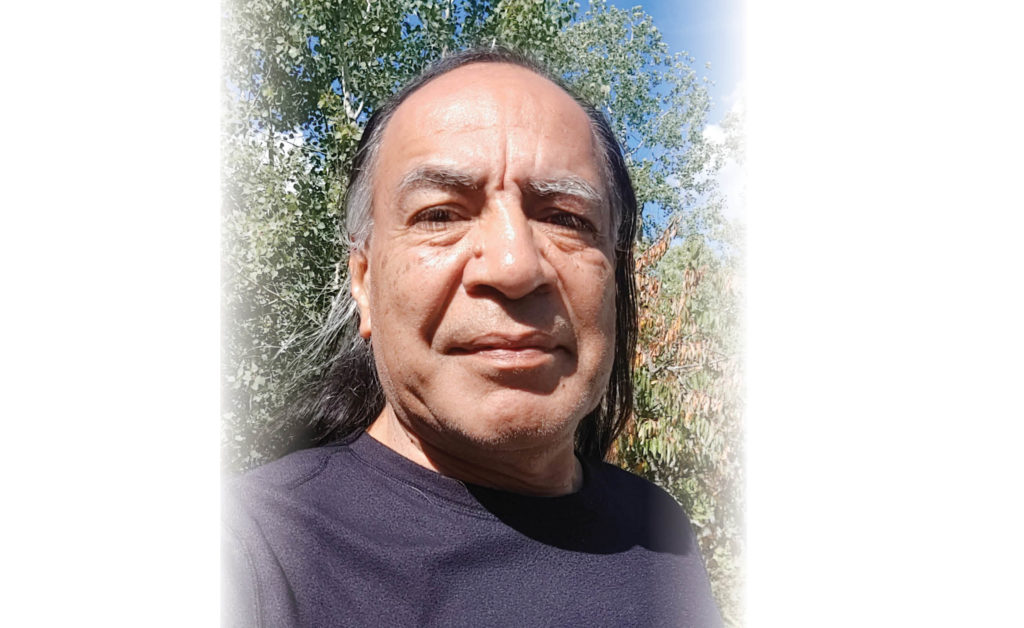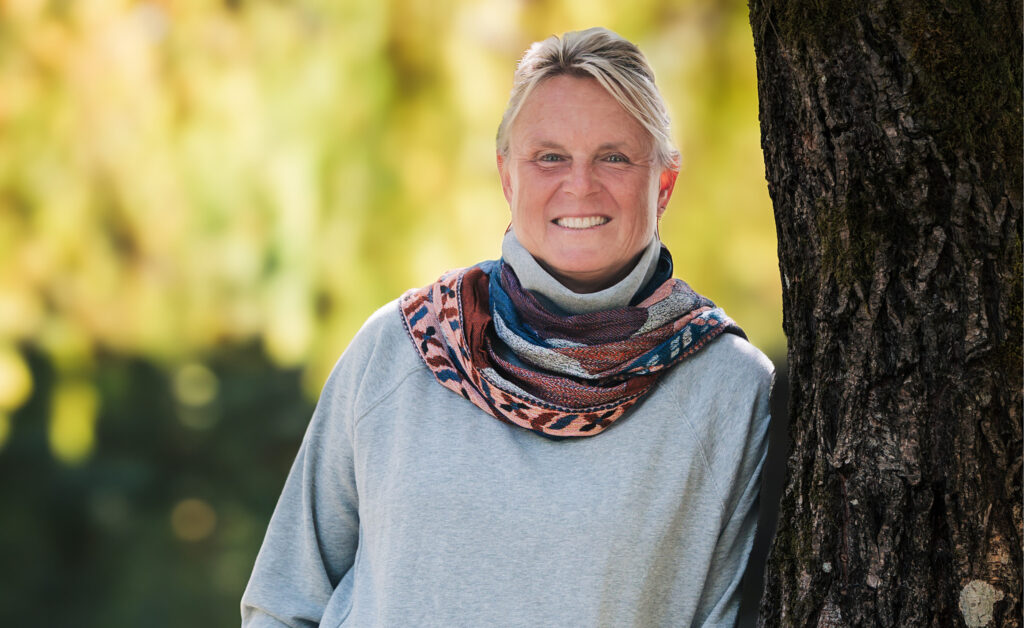by Glenn C. Jim
O SIÁM SĆÁLE,ĆA. JÁN ÍY, ȻENS TÁĆEL HÁLE. ESE TELIT,MET,ȾEN SNE ĆSLÁ,E W̱SÁNEĆ. NIȽ NE ÁLEṈENEȻ TI,Á. My respected friends and relatives, it really is good that you have all arrived; welcome all. TELIT,MET,ȾTEN is my name and I am from W̱SÁNEĆ (Saanich). This is my homeland.
Greetings and welcome. It’s a beautiful day to be in W̱SÁNEĆ, but when isn’t it a beautiful day when in W̱SÁNEĆ territory? I am here to share why it is such a beautiful place.
Please allow me to introduce myself in W̱ENITEMKEN (the English language). I am Glenn Jim. I am from W̱SÁNEĆ and grew up in the W̱SÍKEM community. Presently, I work for First Peoples Cultural Council (www.fpcc.ca) as a Language Revitalization Coach. I have been actively involved for many years at all levels of First Nations community development as an educator, administrator, Band Councillor and community programs developer. My life has been filled with opportunities to learn and put into motion many traditional teachings of my W̱SÁNEĆ People, and with just as many opportunities to pass on and share what I have been given. I will share stories about me and the W̱SÁNEĆ W̱ILNEW̱ (Saanich Indigenous people), and hopefully you will learn a little bit about our language and culture through them.
I want to first share a little bit about the column name: ÁLEṈENEȻ. This means “homeland, village, where one comes from, or one’s place, one’s land.” In the W̱SÁNEĆ Peoples’ worldview and belief systems, language and the land are inseparable. To learn and understand this worldview of the language being derived from our ÁLEṈENEȻ helps understand how the SENĆOŦEN language is spoken and understood.
The W̱SÁNEĆ also understood and believed in the concept of transformation. Over millennia and countless generations, transformation was an integral part of our belief system and was taught and demonstrated by story and action. My story today is related to W̱SÁNEĆ territory and our relationship with the land through SENĆOŦEN, our language. For example, the SENĆOŦEN word ṮETÁĆES means “island” and the descriptors used in our creation story tells us ṮETÁĆES, the islands in our territorial waters, as being our “relatives of the deep.”
From the beginning of memory, the animals and the peoples were able to communicate with XÁ,EL,S the creator, changer and transformer. He talked with them to share important knowledge of the world. To teach them a lesson, XÁ,EL,S picked up and cast out handfuls of the ancient peoples into the ocean. As they hit the saltwater, they each became ṮETÁĆES (an island) in what is now the Gulf and San Juan Islands. XÁ,EL,S told the remaining people, “These are ṮETÁĆES, the relatives of the deep, your role and duty is to care for them as you would your families and in turn you will be watched over and provided for by ṮETÁĆES”.
So today, the W̱SÁNEĆ people look out onto the water, and they see ṮETÁĆES – “their relatives of the deep.” This teaching reminds us to take care of these places within W̱SÁNEĆ territory because our lives depend on them for food and other resources.
Learning these simple but important values or teachings are one of the underlying reasons for revitalizing our language. To learn more of the SENĆOŦEN language and hear audio, visit www.firstvoices.com, click “Explore Languages,” and search for “SENĆOŦEN.” To see the W̱SÁNEĆ territory on a map, visit https://maps.fpcc.ca/languages and look for southern Vancouver Island.




